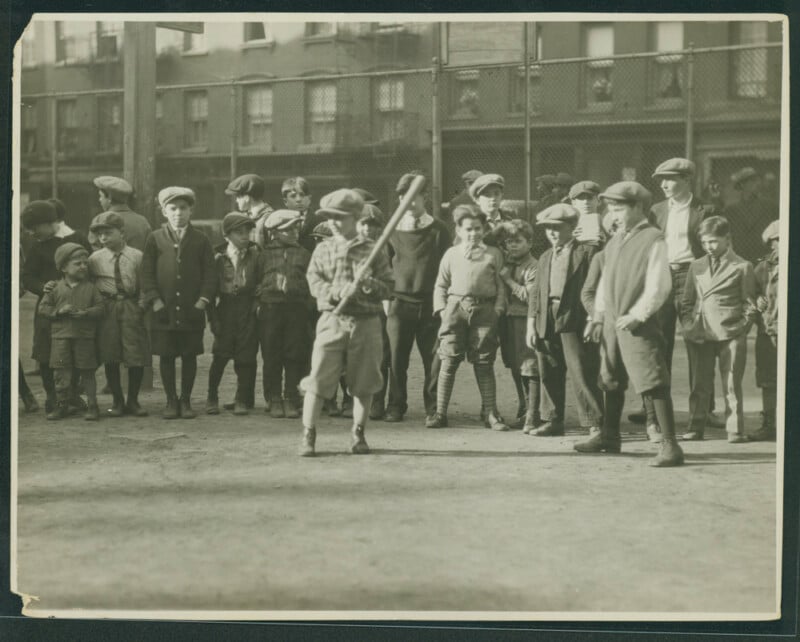
The New York Historical will open an exhibition this fall that explores the importance of photography in documenting and understanding the immigrant experience of New York City.
The museum’s upcoming exhibition Stirring the Melting Pot: Photographs from The New York Historical Collections presents photographs that reveal how generations of immigrants have shaped — and been shaped by — the city they ultimately called home. The exhibition will be on view from November 28, 2025, through March 29, 2026.
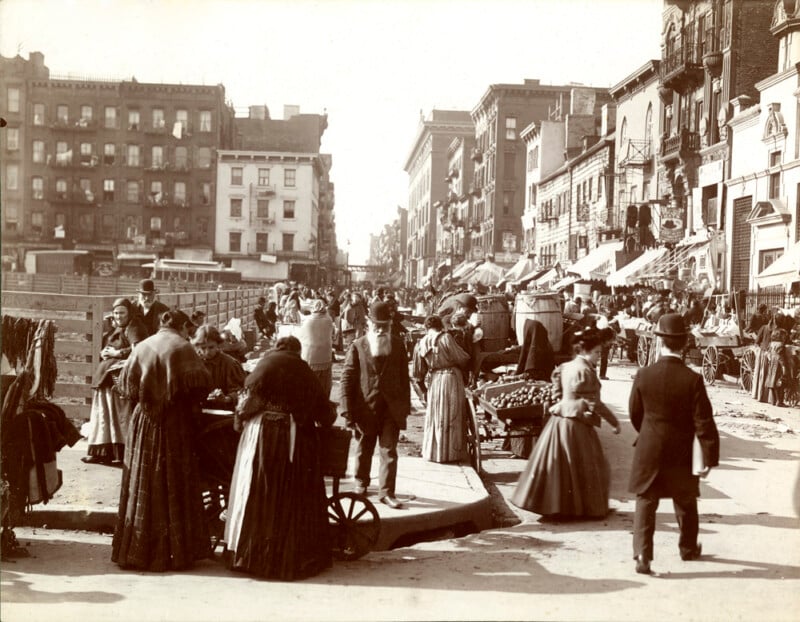

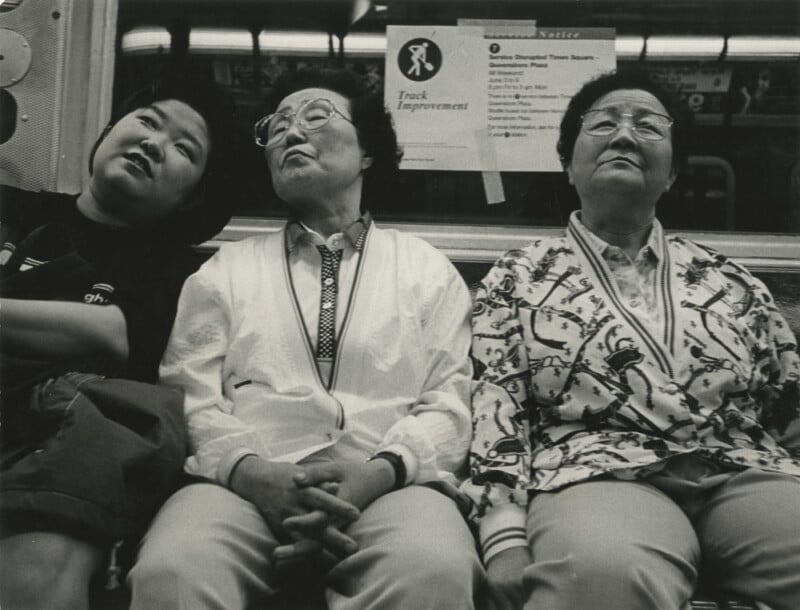
“New York has always been a city of immigrants, and the photographs on view in Stirring the Melting Pot tell the story of resilience, identity, and belonging across generations,” Dr. Louise Mirrer, president and CEO of The New York Historical, says in a press release. “Through candid moments, the images reveal how individuals and families both preserved their heritage and transformed the city itself, creating community along the way.”
Drawn from the extensive holdings of the New York Historical’s Patricia D. Klingenstein Library, the exhibition includes more than 100 photographs and related objects illustrating everyday life in immigrant neighborhoods across New York City. These materials document how newcomers from around the world established routines, built social ties, and left enduring imprints on the city’s cultural and physical environment.

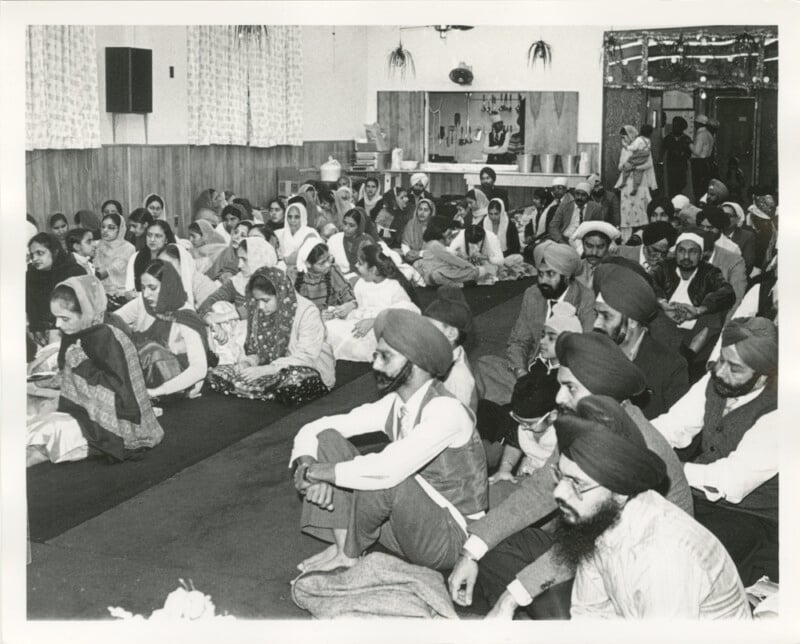
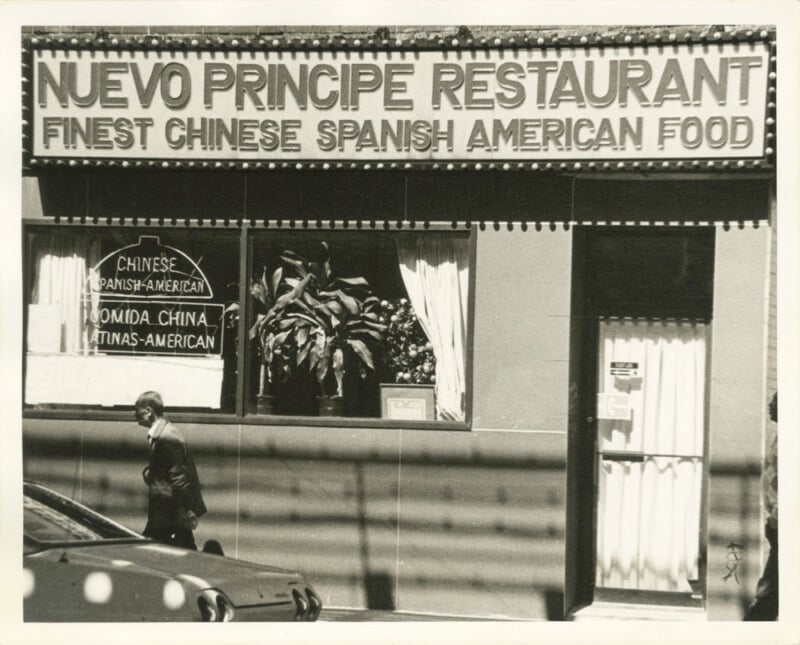
The photographs depict children in classrooms and at play, older adults gathering at recreational centers, laborers working in sweatshops and factories, families spending time at home, and participants celebrating at parades and festivals. Additional highlights in the exhibition include photographs showing the effect of the 1904 General Slocum steamboat disaster on one family, emphasizing how a single tragedy reshaped immigrant communities and altered the surrounding neighborhoods. The exhibition also documents the wide range of cultural and religious practices present in New York City, with images of Greek Orthodox churches, Cambodian Buddhist temples, Jewish synagogues, and Sikh temples illustrating the city’s diverse spiritual landscape.
The New York Historical is the city’s first museum and a major cultural institution dedicated to more than 400 years of American history. Earlier this year, the museum acquired the archive of renowned fashion photographer Bill Cunningham, ensuring a permanent home for tens of thousands of his images.
PetaPixel articles may include affiliate links; if you buy something through such a link, PetaPixel may earn a commission.